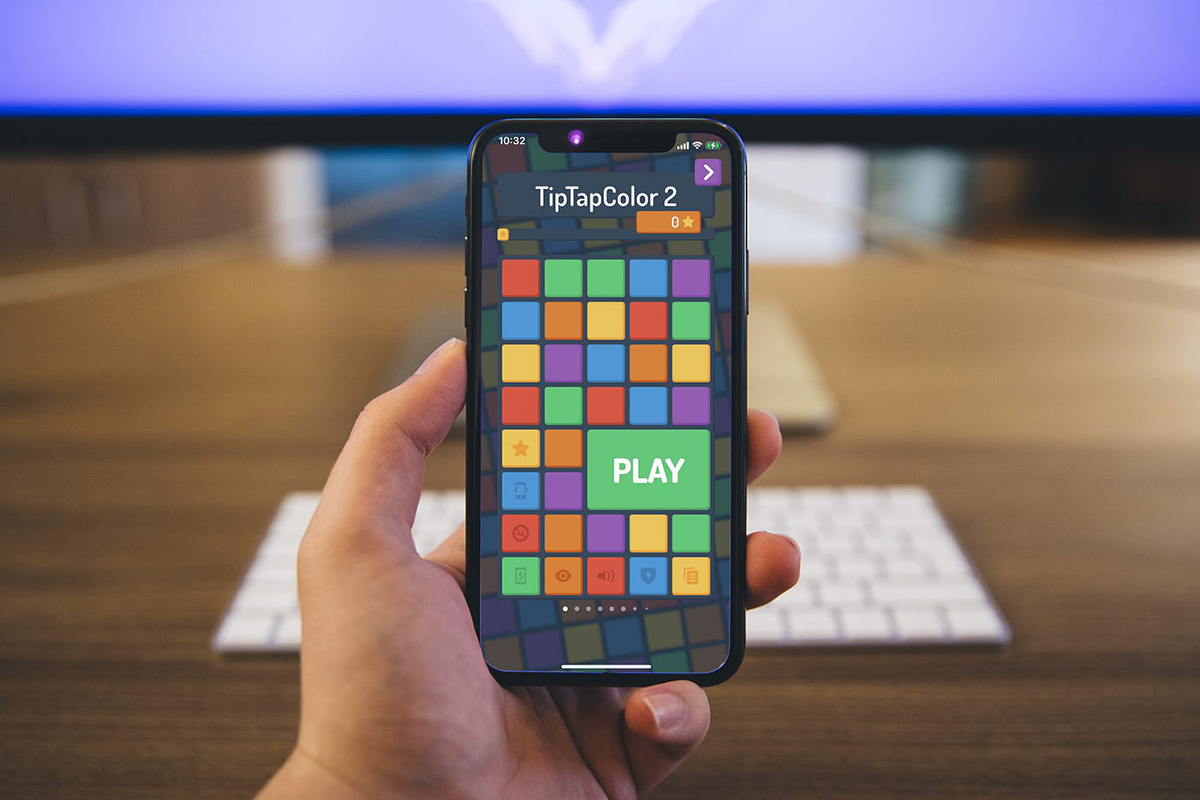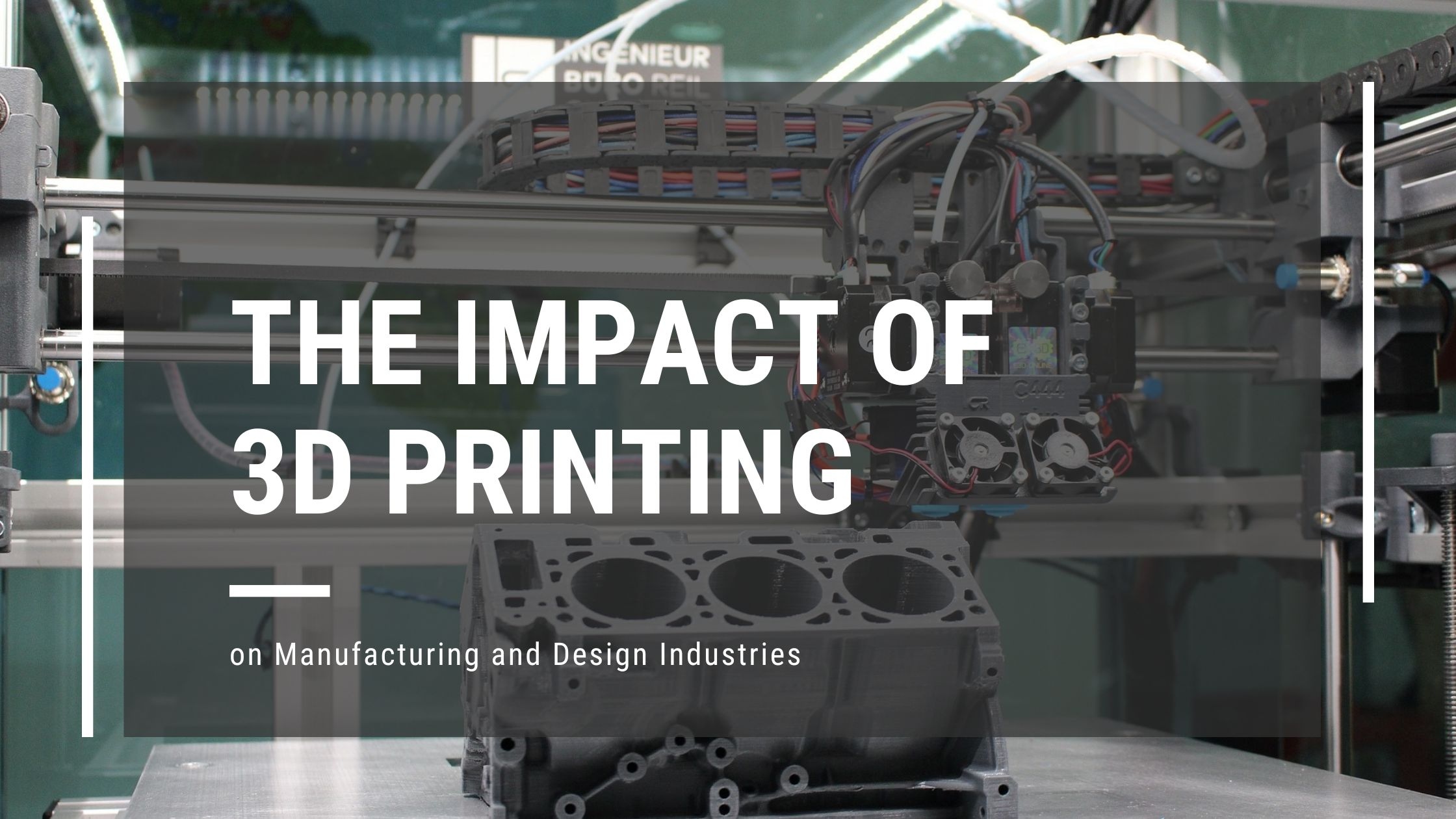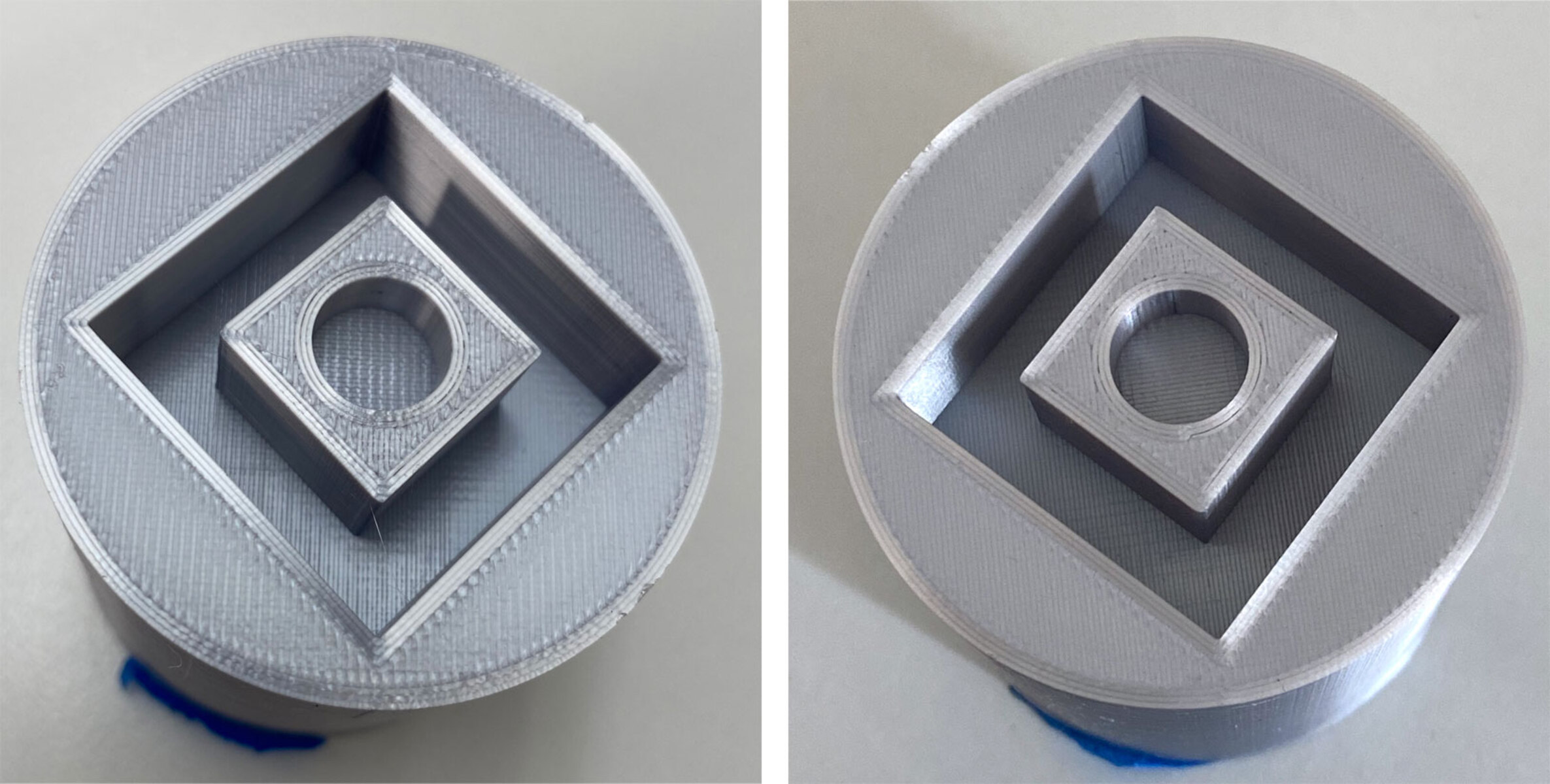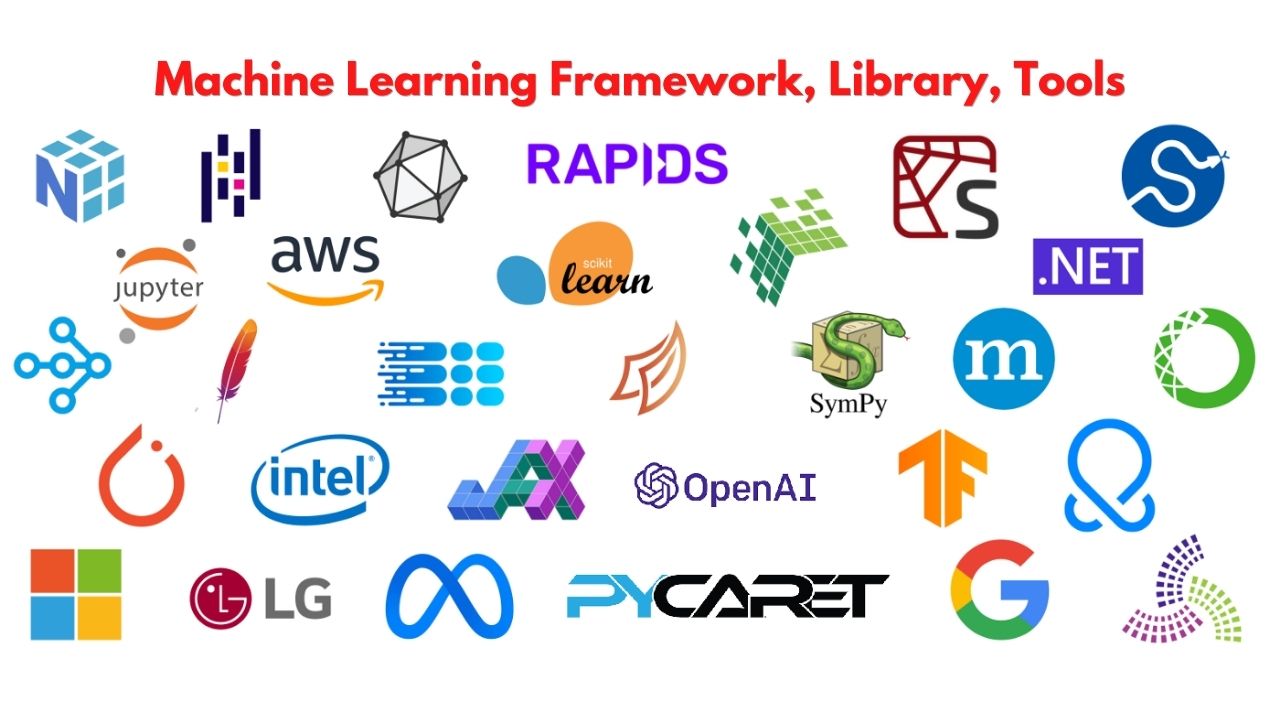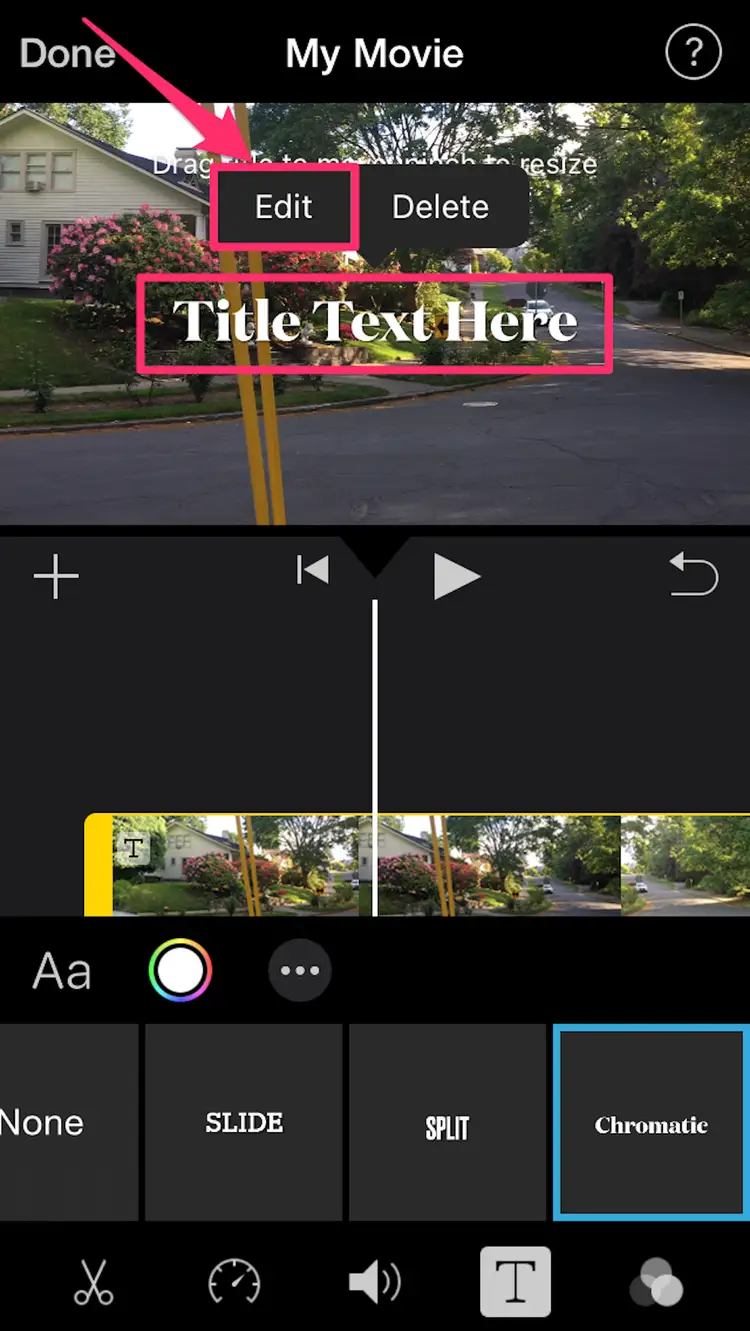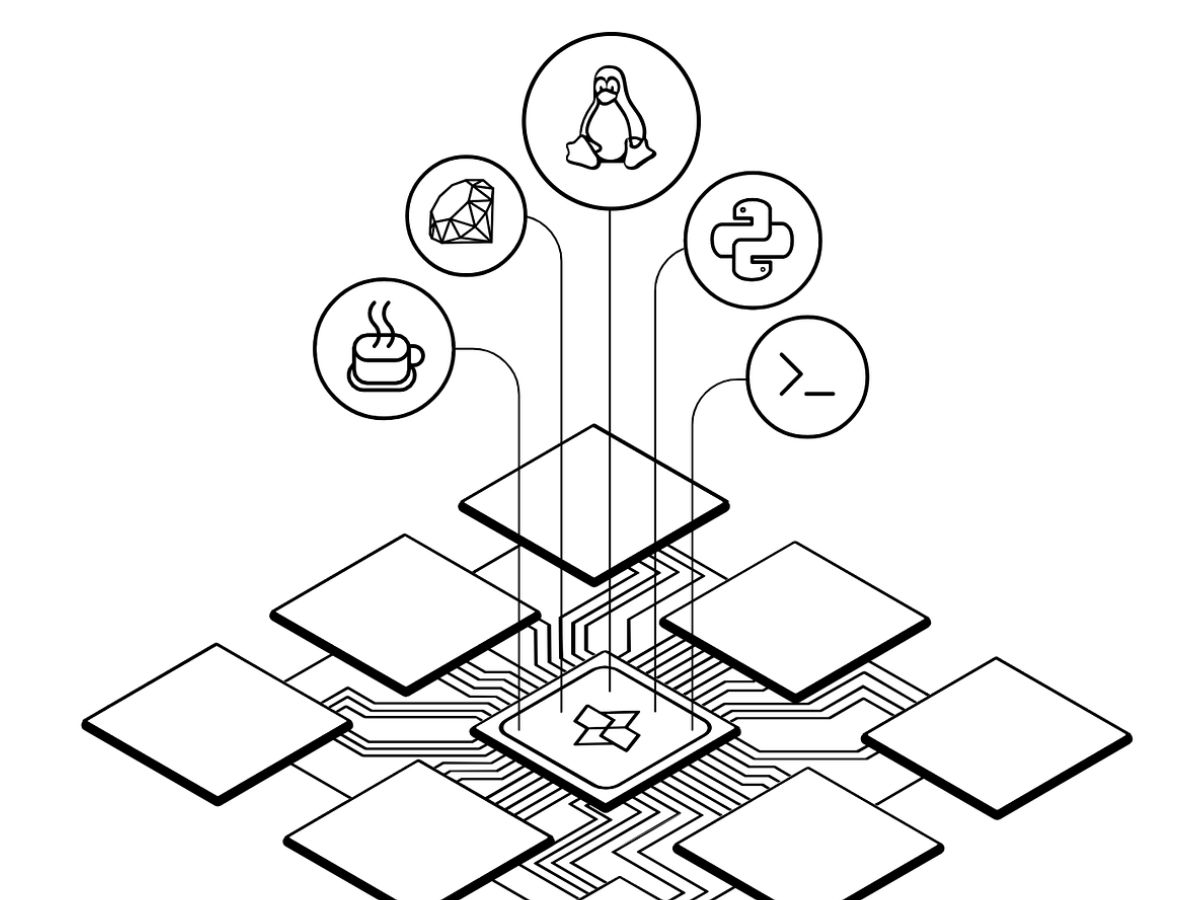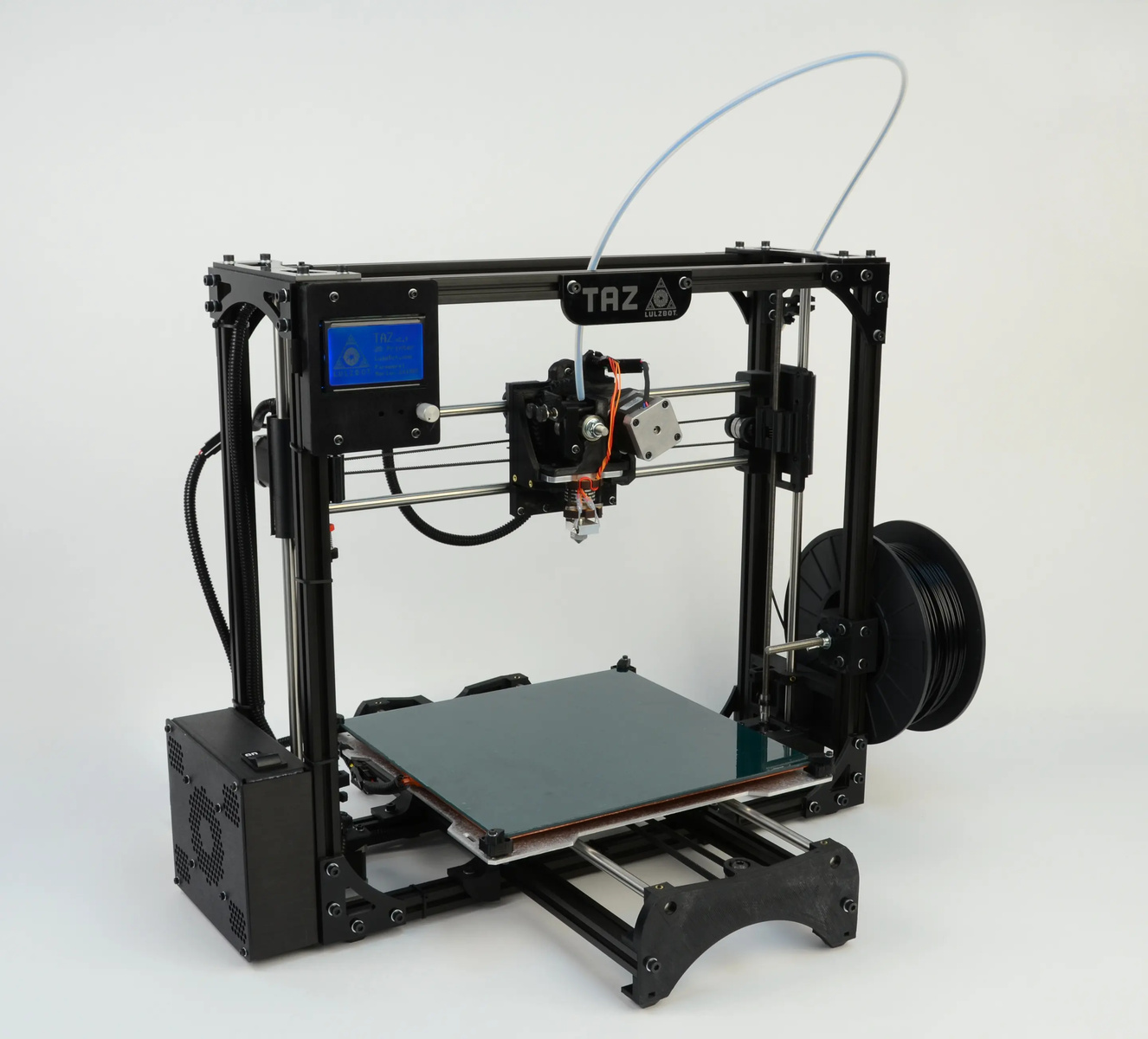Play, a native iOS design app, has introduced an innovative feature that allows developers to seamlessly share prototypes of their apps through App Clips. This new functionality aims to streamline the process of sharing app prototypes, providing a more immersive experience for users.
Key Takeaway
Play, a native iOS design app, has introduced a new feature that enables developers to share app prototypes seamlessly through App Clips, offering a more immersive experience for users and streamlining the feedback process.
Enhancing Prototype Sharing with App Clips
Co-founder and co-CEO of Play, Dan LaCivita, highlighted the challenges faced by designers and developers when sharing prototypes with their team or users. Traditional methods such as videos, web simulations, or app installations may not effectively convey the developer’s intent behind a feature or function. By leveraging Apple’s system elements, Play’s integration of App Clips offers a full and immersive experience of using an app through a prototype.
Utilizing App Clips for Testing and Feedback
LaCivita emphasized that the use of App Clips for sharing prototypes can significantly expedite the feedback loop for app makers. Users can access App Clips by scanning a QR code, tapping on an NFC-enabled surface, or clicking on a link, providing a convenient and efficient way to experience app prototypes on their iPhones.
Evolution of App Clips
Apple has made several enhancements to App Clips since their introduction in 2020, including increasing the size limit and enabling developers to invoke App Clips from within other apps. Despite these improvements, the adoption of App Clips for testing and demos remains a topic of interest within the developer community.
Challenges and Future Plans
While App Clips have seen advancements, challenges such as discoverability and timing of their launch during the pandemic have impacted their initial adoption. Play, which secured significant funding in 2021 and 2023, continues to innovate and expand its offerings, with plans to introduce more complex interactions for developers and a community library for users to share their work.
As Play focuses on iOS development, the company remains committed to exploring potential design tools for other Apple platforms in the future, while continuing to enhance the user experience for developers and designers alike.







